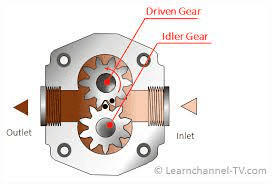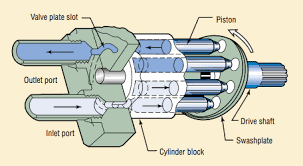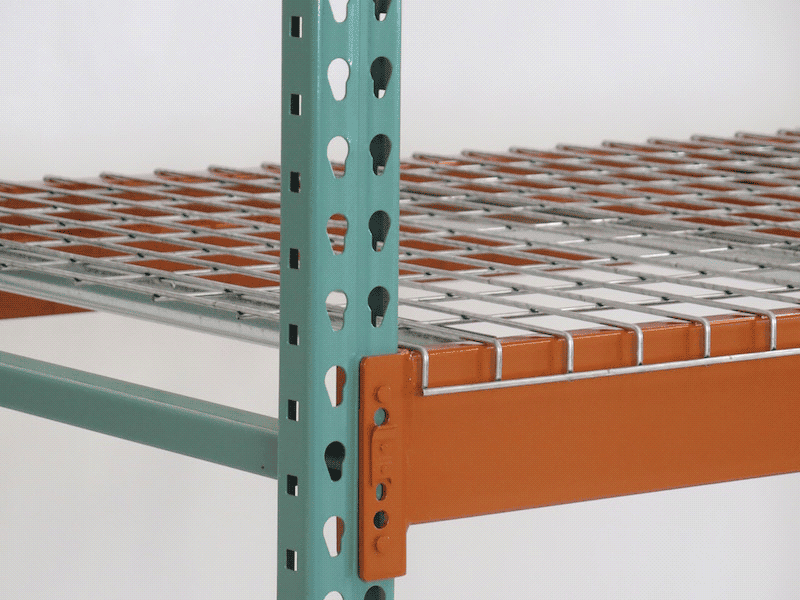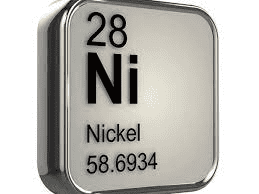A hydraulic pump is in the core of almost every mechanical system used today. Some examples of this type of pumping system are air conditioners, water pumps, sewage systems, and jet engines. Basic parts of this pumping system include the pump itself and industrial valves. Hydraulic fluid is also an essential component for the smooth operation of mechanical parts. For more information on Fluid Power, go to a site like DANA-SAC

Pumping refers to the pressure at which the liquid is being pumped. This pressure is created by a diaphragm. Next the pump motor is placed inside the pump. Next is the motor valve which controls the flow of the fluids. This is also where the hydraulic pump parts come in.

When you have a hydraulic pump, you do not want it to kick on suddenly or maybe not all the way. If it did kick on, the high pressures would cause a tremendous amount of damage. The pump kicks on only when the full force of the fluid being pumped is exerted on the diaphragm. It then slowly and carefully reduces the pressure until all the fluids have been eliminated. The volume of the fluid in the hydraulic pump will determine how high the pressure of the fluid is, and how much air pressure is needed to push the fluid through the system.







